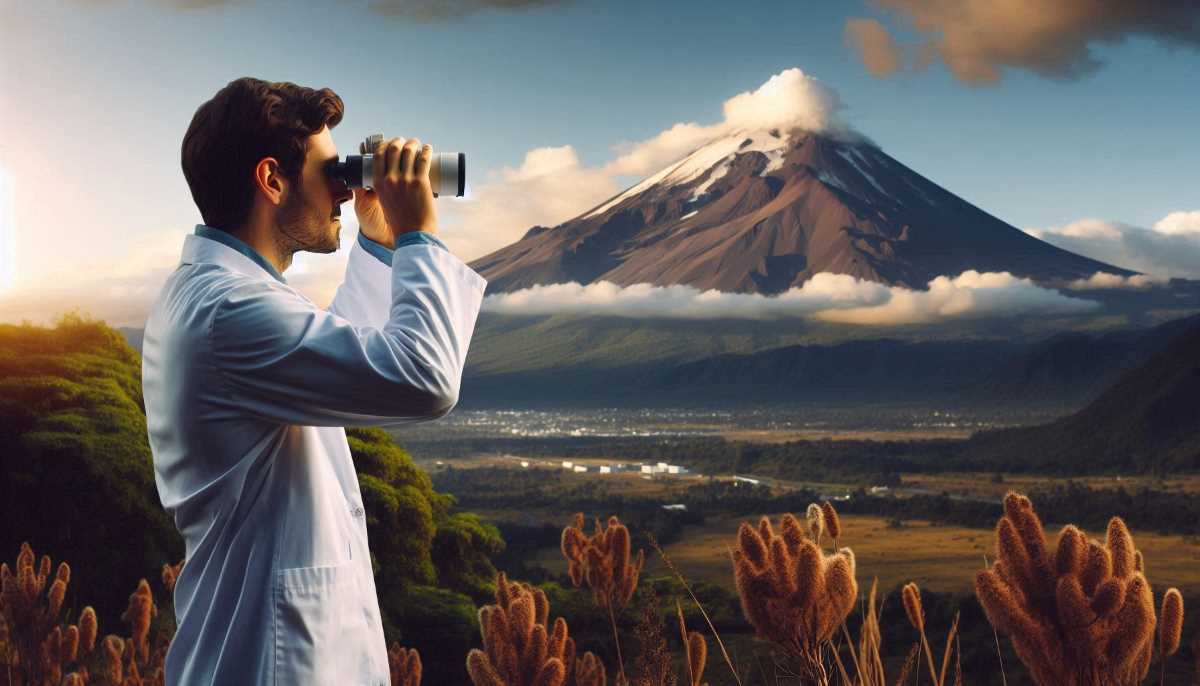Scientists Create 3D Image of Popocatépetl's Interior
Scientists use AI and seismic waves to create detailed images of Popocatépetl volcano's interior. By analyzing the volcano's internal structure, researchers aim to improve eruption prediction and public safety.

By training an artificial intelligence (AI) system to identify small seismic signals generated inside the Popocatépetl volcano, researchers from the Institute of Geophysics (IGF) of the UNAM hope to complement the ambient noise tomography they currently perform of its interior.
Marco Calo, researcher in the Volcanology department of the IGF, and doctoral students Leonarda I. Esquivel Mendiola and Karina Bernal Manzanilla, explained that the current network of seismic instruments around the colossus allows them to obtain images of the interior of the volcano with unprecedented resolution.




